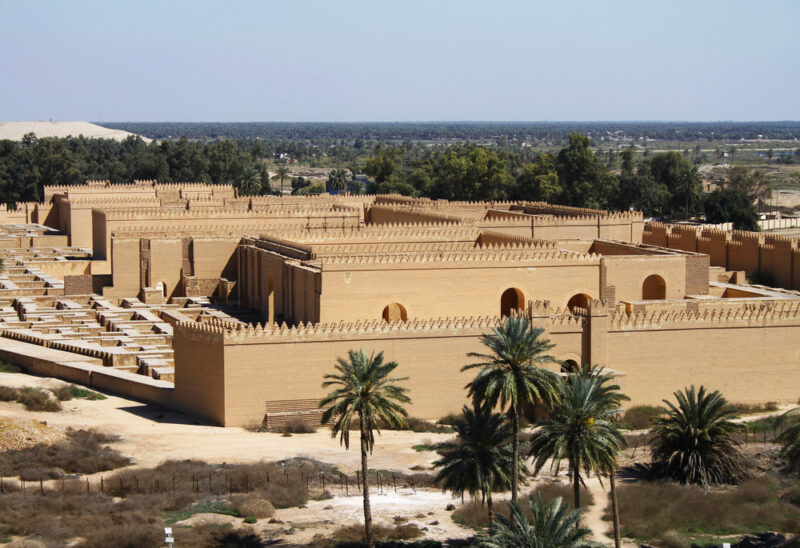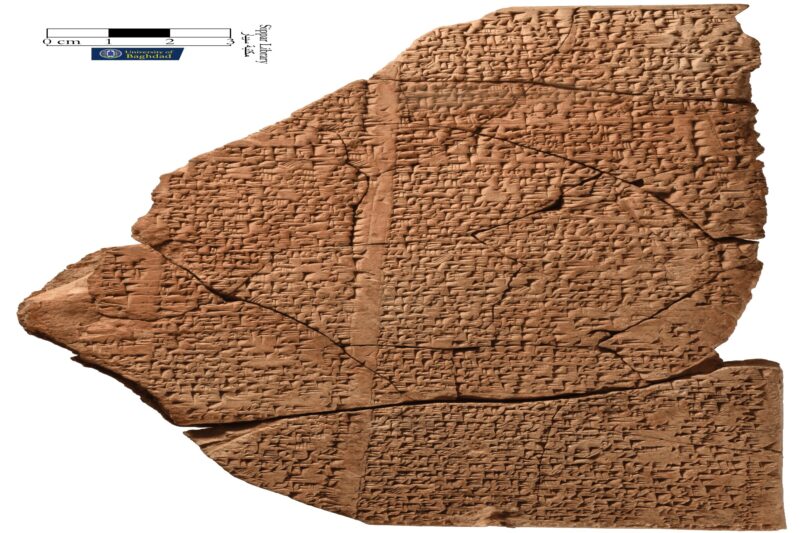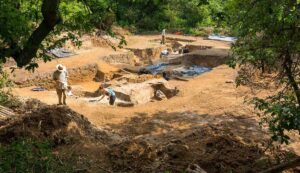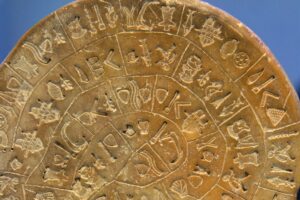“Herds and flocks lie on verdant pastures
Wealth and splendor…”
More than a thousand years after it was last heard, a long-lost hymn to the ancient city of Babylon has been brought back to life, thanks to AI. This remarkable rediscovery gives us new insights into this ancient city.
The hymn came from a collection of thousands of fragmented cuneiform tablets stored in the Sippar library in Iraq. The former city of Sippar lies about 70km from Babylon.
The breakthrough came when Professor Enrique Jimenez of Ludwig Maximilian University of Munich teamed up with researchers from the Electronic Babylonian Literature project. This aims to digitize text fragments from cuneiform tablets worldwide.
By the rivers of Babylon
In recent years, they have started using AI to analyze the ancient fragments and recognize patterns in the cuneiform writings. What emerged was a 1,000-year-old hymn devoted to the Mesopotamian city of Babylon. Babylon was founded around 2000 BCE and was once the largest city in the world.
“Using [AI], we managed to identify 30 other manuscripts that belong to the rediscovered hymn -– a process that would formerly have taken decades,” Jimenez said in a statement.

Restored ruins of ancient Babylon, Iraq. Photo: Shutterstock
Legend tells us that Noah hid the city’s library of cuneiform clay tablets in Sippar before the biblical flood. The newly rediscovered hymn praises the city and gives an insight into the daily lives of the people who lived there.
“The hymn was copied by children at school,” said Jimenez. “It’s unusual that such a popular text in its day was unknown to us before now.”
Role of women
Another striking aspect of the 250-line hymn is the numerous references to the roles of women and priestesses and the tasks they performed in the city. No other cuneiform tablets have these references.
“This is the first time we have found such explicit details about the lives of Babylonian women, especially in priestly roles,” he said.
Mesopotamian writings typically focus on wars, royalty, and the gods of the ancient world. While the hymn does mention deities, it also highlights the beauty of the natural world and the farming lives of common people.
“It was written by a Babylonian who wanted to praise his city,” explained Jimenez. “The author describes the buildings in the city, but also how the waters of the Euphrates bring the spring and green the fields. This is all the more spectacular since surviving Mesopotamian literature is sparing in its descriptions of natural phenomena.
Researchers have shared a short translated excerpt of the hymn that describes the Euphrates River and its importance to the city on its river banks.
The Euphrates is her river — established by wise lord Nudimmud —
It quenches the lea [open land], saturates the canebrake,
Disgorges its waters into lagoon and sea,
Its fields burgeon with herbs and flowers,
Its meadows, in brilliant bloom, sprout barley,
From which, gathered, sheaves are stacked,
Herds and flocks lie on verdant pastures,
Wealth and splendor — what befit mankind —






